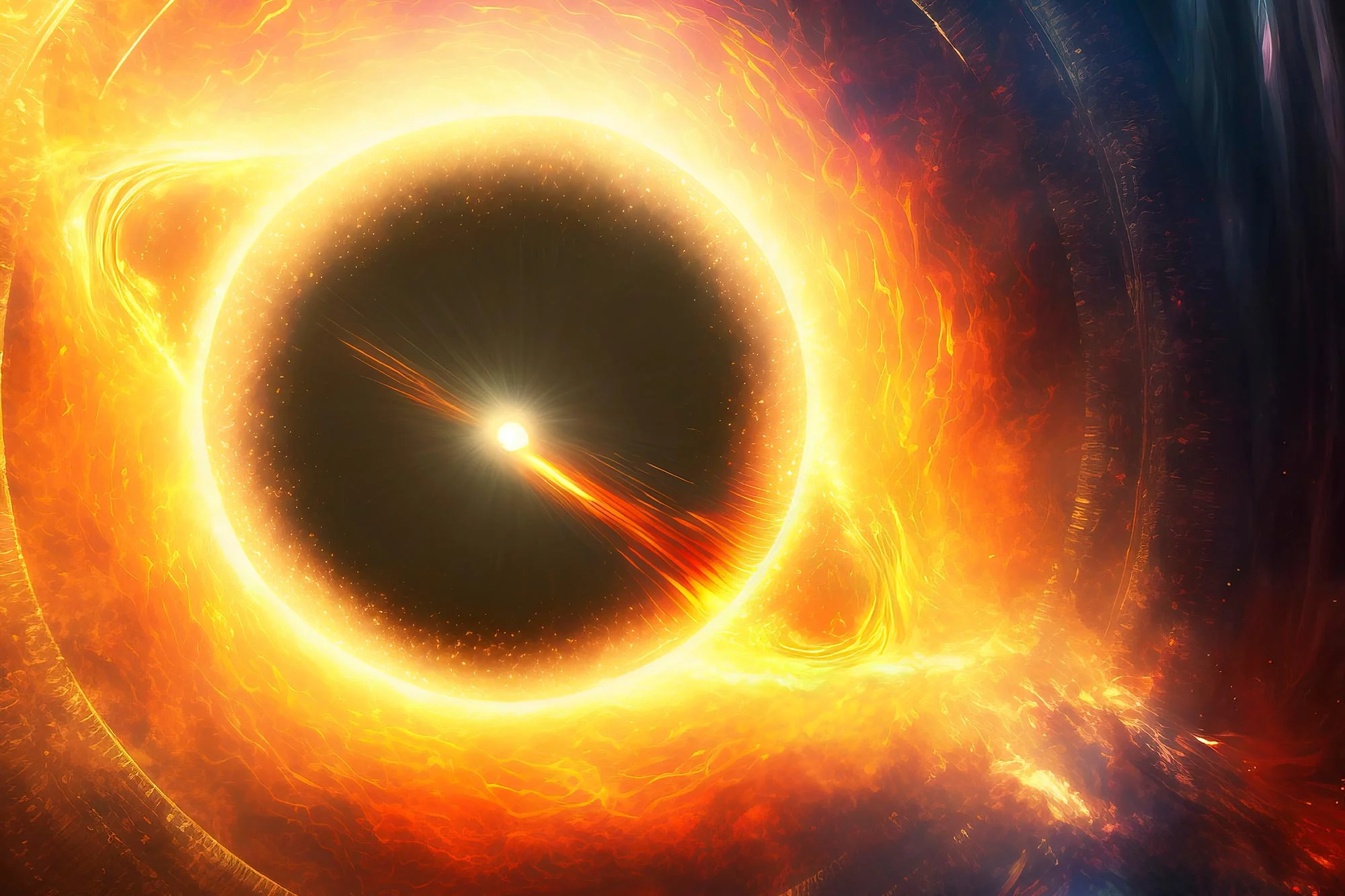Black holes, the enigmatic giants of the cosmos, may hold the key to shielding the universe from unraveling into chaos. At their cores lie singularities, where space, time, and matter collapse into infinity, defying the laws of physics as we know them. These singularities are cosmic paradoxes, but nature may have a built-in safeguard: black holes. The event horizon of a black hole—a boundary so powerful that not even light can escape—hides these singularities, preventing their disruptive exposure. This idea, known as the cosmic censorship conjecture, was proposed by physicist Roger Penrose. For over 50 years, it has remained one of physics’ greatest mysteries, unproven but tantalizingly plausible.
Albert Einstein’s theory of general relativity predicts the existence of singularities when matter collapses under its gravity. At these points, space-time curvature becomes infinite, and physical laws break down completely. If such singularities were exposed to the universe, the predictability of events based on physical laws would vanish, leaving science in disarray. Penrose’s conjecture suggests that all singularities resulting from gravitational collapse are hidden within black holes, ensuring the continuity of the universe’s physical order.
While this theory has been explored in the classical realm of physics, recent advances in quantum mechanics reveal new dimensions to this mystery. Black holes influenced by quantum effects—dubbed quantum black holes—present unique challenges. Quantum mechanics introduces phenomena that do not exist in classical physics, such as negative energy, which complicates the assumptions underlying Penrose’s conjecture. Yet, these quantum effects may also reinforce the idea of cosmic censorship.
A breakthrough discovery has shown that quantum mechanics can “dress” singularities, ensuring they remain concealed within black holes even under extreme quantum conditions. This concept, known as quantum cosmic censorship, extends Penrose’s ideas into the quantum realm. A crucial element of this development is the Penrose inequality, which mathematically relates a black hole’s mass and energy to the area of its event horizon. In the quantum domain, this inequality evolves to include the entropy of quantum matter, ensuring space-time stability even when classical laws fail.
Researchers have demonstrated that all known quantum black holes obey a quantum Penrose inequality, establishing a universal rule. The total energy of a black hole system must exceed its total entropy; if this boundary is breached, singularities could be exposed, violating the second law of thermodynamics, which dictates that entropy can never decrease. This universal law provides a new layer of understanding about the relationship between entropy, energy, and the structure of space-time.
While not a definitive proof of quantum cosmic censorship, this discovery suggests that black holes serve as cosmic guardians, shielding the universe from the disruptive consequences of singularities. They preserve the fabric of space and time, ensuring the continuity of the cosmos even as they consume matter and light. These findings highlight the dual nature of black holes—both destroyers and protectors—and suggest that even in the face of infinity, the universe finds a way to balance chaos and order. As research into quantum black holes continues, they remain a testament to the intricate and mysterious harmony of the cosmos.




